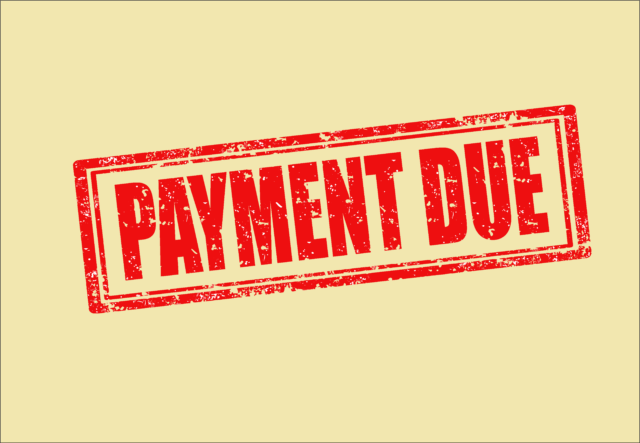
The Relationship Between Disability Insurance Receipt and Food Insecurity
Abstract
This paper examines the relationship between rates of food insecurity, people with disabilities, and awards for the Social Security Disability Insurance (DI) program from 2010 to 2019. It uses unique data on food establishment locations combined with estimates of food insecurity and food prices from Feeding America’s Map the Meal Gap project, DI award rates from the Social Security Administration, as well as demographic and socioeconomic information from the American Community Survey. The paper documents the geographic variation in rates of disability, DI awards, and food insecurity using maps and regression analyses to explore the relationship between them. By controlling for local access to food (operationalized as the number or share of food establishments), the paper accounts more accurately for the association between disability and food insecurity. The findings are descriptive and should not be interpreted causally.
The paper found that:
- Food insecurity rates are higher in counties with high rates of disability and DI receipt than in those with lower rates of disability and DI receipt. The paper reports that counties with high rates of disability and DI receipt have lower average food costs, but more limited access to food sources than counties with lower rates of disability and DI receipt.
- The paper also finds that counties with high rates of disability and DI receipts have fewer food establishments. Furthermore, counties with high rates of disability and DI receipt also have a larger supply of unhealthy food options.
The policy implications of the findings are:
- Considering the dual challenges of people with disabilities and food insecurity is important to providing services and programs to people and communities in need.
- Understanding how and why people apply for benefits through the DI program (as well as nutrition programs) is likely impacted by food insecurity and access to healthy food.
- There are additional factors to consider when examining the relationship between disability and food insecurity including local policies and structures, other service providers such as nonprofits and community-based organizations, and how different programs are administered and run.







